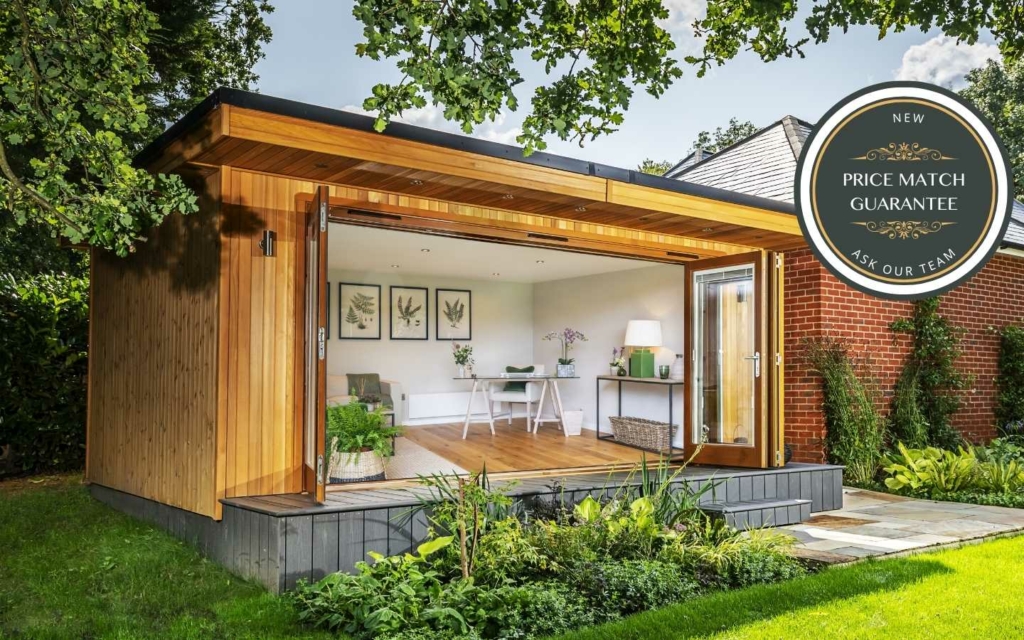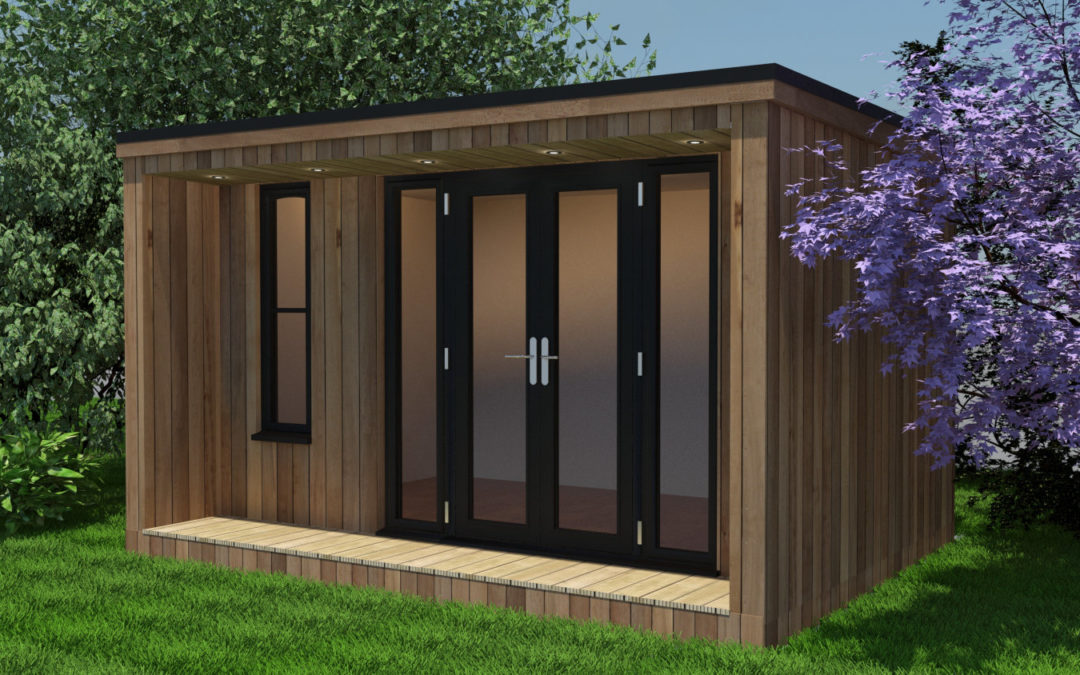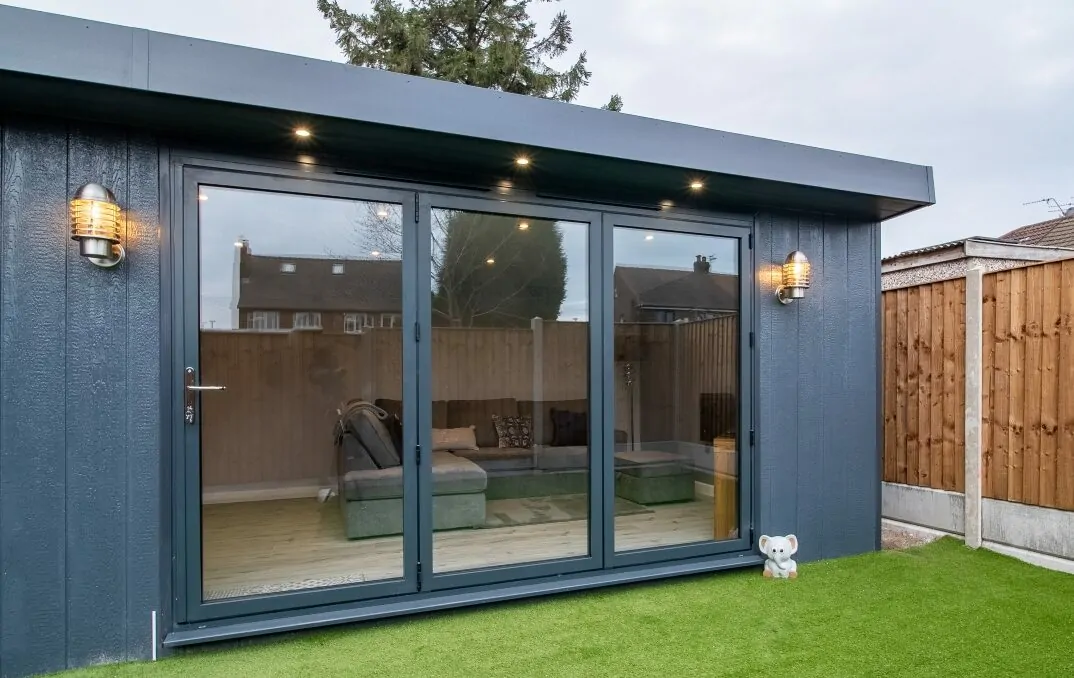Free Suggestions On Planning Permission On Garden Buildings
Free Suggestions On Planning Permission On Garden Buildings
Blog Article
What Planning Permission Is Required For Garden Rooms And Other Structures?
The need for permission to plan the construction of garden offices, conservatories and outhouses or gardens is contingent on certain size restrictions. Here's a summary of commonly used size-related requirements you have to take into consideration when seeking permission to plan.
If the outbuilding is detached, permission to plan is generally required if the combined area of the outbuildings that are proposed, as well as any existing ones is greater than half of the area of land surrounding the house (excluding footprint of house).
Height Restrictions:
Single-story building: Maximum eaves height should not exceed 2.5 meters. The total height of the roof should not exceed 4 meters if it is two-pitched pitches or 3 meters if not.
The height of buildings less than 2 metres away from the property's boundary must not be more than 2.5 meters in size.
Floor Area:
If you do not require planning permission, but your structure has a floor space larger than 30 square meters the possibility is that it will be necessary to get approval from the building regulations.
Proximity of boundaries:
If the building is less than 2 metres away from a border, a planning permit is required when the height is greater than 2.5 metres.
Building Use
The size of garden rooms is not the only consideration the purpose of their use could affect whether planning approval is required. If the purpose of the building is residential, or a commercial space, approval for planning is likely to be required.
Permitted Development Rights:
Permitted Development Rights Permitted Development Rights permit certain kinds of work without a full planning request and have size and condition restrictions. The rights can vary based on whether or not the property is within a conservation district.
Conservatories and Extensions:
For rear extensions with a single story, the maximum depth of an extension is typically 4 meters for detached homes, and 3 metres for semidetached or terraced homes. It can be raised to 8 meters for detached houses and 6 feet for semi-detached or terraced houses, based on the conditions.
The rear extension of a one-story building must not be higher than 4 meters.
Side Extensions
The maximum height of a side extension shouldn't exceed 4 meters.
Volume Restrictions
In certain areas (like conservation zones or Areas of Outstanding Natural Beauty) any addition that expands the size of the house in more than 10% or 50 cubic metres (whichever is more) could require planning permission.
Front Extensions
Planning permission is usually required for extensions which extend beyond the frontage of the house that faces the road.
It is important to check the local authorities because regulations may differ based the location you reside in and what conditions are present on the property. It's important to check with your local planning authority as rules can vary depending on the local council and the specific property conditions. View the most popular conservatory what is for site recommendations including ground screws vs concrete, garden rooms in St Albans, small garden office, small garden office, garden rooms near me, conservatories and garden rooms, composite summer house, composite garden rooms, garden rooms near me, garden buildings and more.
In Terms Of The Impact On The Environment, What Kind Of Planning Permit Would You Require For Garden Rooms?
It is crucial to think about the environmental impact when building garden rooms or conservatories. Here are the main environmental factors to consider wildlife and biodiversity
Planning permission could be needed in the event that the proposed construction will alter the local wildlife habitats, such as trees, hedgerows or ponds. To minimize and determine the effect an eco-survey might be required.
Habitats and Species that are Protected:
Permission is needed for protected species living on the property (e.g. bats, newts or other species) or if they are located in protected habitats or are near (e.g. Sites of Special Scientific Interest SSSI). To protect them the species, it is important to take specific measures.
Tree Preservation Orders
Planning permission could be required if the structure includes the removal or modification of trees covered under TPOs. Local authorities will review any impact and may demand replacement planting or mitigation measures.
Flood Risk and Water Management
For development in flood-prone zones or close to water bodies permits for planning are required. Flood risk assessments (FRAs) are often required to ensure that the building doesn't create flood risks and has adequate drainage.
Sustainable Construction Methods for Sustainable Construction
You might require approval for your plans to ensure that the construction and materials are sustainable. Consideration should be given to energy efficiency, insulation and carbon footprint.
Drainage and Surface Water Runoff:
The impact of the new structure on surface water drainage and runoff is a key environmental consideration. The permission for planning will ensure that the drainage system is in place and prevents flooding or waterlogging.
Stability of the soil and stability of the land:
Planning permission is required if construction is likely to alter soil stability or soil quality. This could include issues such as subsidence or erosion of the soil, in particular in sloped areas.
Air Quality:
Planning permits are required for development near major highways or industrial zones which could impact local air pollution. This ensures that the air pollution is within acceptable limits and that mitigation methods are implemented.
Noise Pollution:
If the proposed use of the extension or garden space is likely to generate significant noise (e.g., a workshop or music studio) the planning approval is required. The local authority must review the level of noise and possible impacts on neighbours and the environment.
Waste Management:
A proper waste management is vital during and following construction. Planning permission ensures adequate provisions for waste management and recycling to reduce the impact on the environment.
Energy Efficiency
Planning permission could include requirements for energy efficient technologies, such solar panels or high-performance glazing. This reduces the environmental footprint of the new structure.
Environmental Regulations
Developments must be in compliance with local and national environmental regulations, like the UK Environmental Protection Act. Planning permission ensures the development meets all environmental and legal conditions.
Planning permissions for garden rooms or conservatories, as well as outhouses, office buildings and garden offices should take into account a variety of environmental factors. In order to ensure that the development planned is sustainable, it is vital to consult the local authorities for planning as early in the planning phase as is possible. Have a look at the best outhouse gym for more advice including garden room permitted development, outhouse buildings, garden office, gym outhouse, outhouse for garden, small garden office, conservatories and garden rooms, garden outhouse, garden rooms brookmans park, costco outbuildings and more.
What Planning Permissions Are Required For Garden Rooms, Etc. On Agricultural Lands?
Planning permission and restrictions are applicable to the construction of conservatories, garden rooms or outhouses on agricultural land. Here are a few key factors.
The land used for agriculture is usually designated to be used for farming and related activities. Planning permission is usually needed to alter the land's used for garden structures or residential. It is necessary to obtain permission to plan because the land's designated agricultural use will be changed.
Permitted Development Rights:
Agricultural and residential land have different permitted developments. Some agricultural buildings like these, for instance, may be built without a planning permit. But, these tend to be for structures that are related to farming that are not garden rooms or offices for residential use.
Size and Scale:
The proposed size and scope of the building will determine whether planning permission is required. Bigger buildings or ones that cover a substantial portion of the land are more likely to require planning permission.
Impact on the use of agri-based products
Planning permission may be necessary when the proposed structure is likely to affect the use of land for agriculture such as by reducing the space available for crops and livestock.
Green Belt Land:
If agricultural land is classified as Green Belt, additional restrictions are put in place to prevent urban sprawl. Planning permission is typically required to construct any new structure on Green Belt land.
Appearance and Design
The style and design of the new structure must be in keeping with the rural character of the area. Planning permission is required to ensure that the construction project will not adversely affect the natural aesthetics or landscape.
Environmental Impact:
It is essential to take into account the environmental impact prior to building on an agricultural property. Planning permission may require an environmental evaluation to ensure that the proposed structure does not harm local ecosystems or wildlife habitats.
Proximity to existing buildings:
The distance between the garden office and existing agricultural structures may impact planning requirements. Buildings that are located near farms are viewed differently than structures located in open spaces.
Access Infrastructure
It is important to consider the effect on infrastructure like roads, water and waste management. Planning permission will determine if the existing infrastructure is able to support the building's construction.
Use Class Order
The law of planning defines certain classes of land for agricultural purposes. To ensure that the proposed use is compliant with local policies on planning, it's often required to obtain planning permission before changing the classification.
Local Planning Policies
Local planning authorities have specific policies pertaining to agricultural land. These policies will determine whether or not planning approval for non-agricultural buildings is granted, taking the local development plans as well as the needs of the community into account.
National Planning Policy Framework
In the UK National Planning Policy Framework is a framework which provides guidelines on the development of land and its use. The NPPF can be used to determine the validity of planning permission for structures that are built on agricultural lands. It promotes sustainable rural development and also protects the land.
In the end, planning permission for conservatories, garden rooms outhouses, garden offices, outhouses or extensions on farmland is typically required because of the need to alter the use of the land and ensure compliance with national and local plans. For the best results you must consult your local planning authority. View the top are garden rooms a good investment for website tips including outhouses for garden, do i need planning permission for a garden room with toilet, Tring garden rooms, how to lay decking on soil, outhouse garden rooms, garden outhouses, garden room heater, out house for garden, composite garden rooms, out house and more.